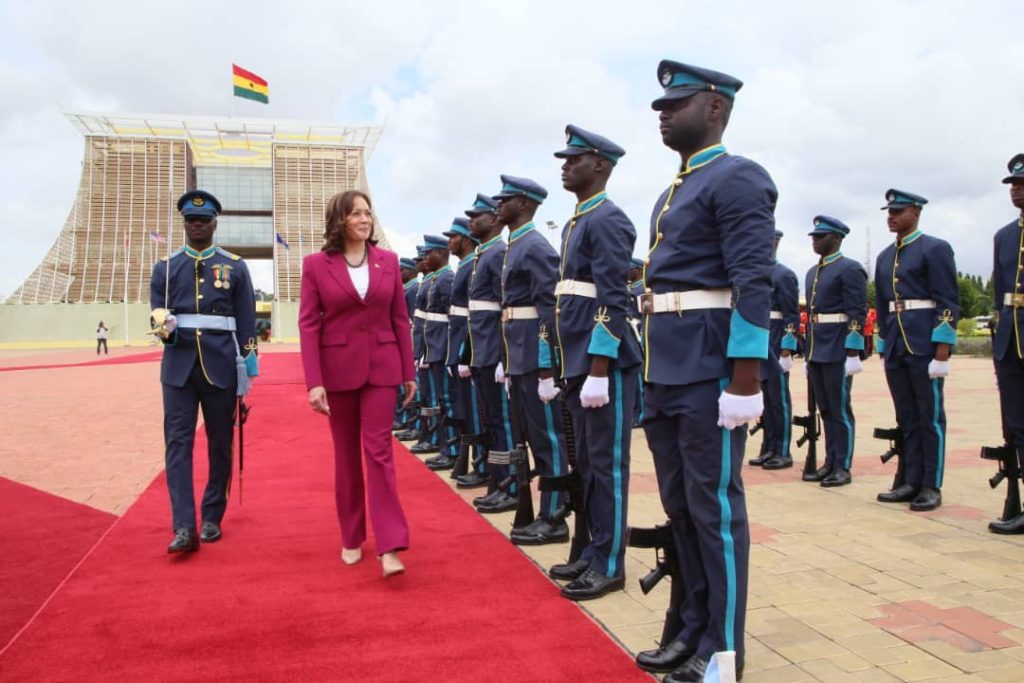
The Ghana Statistical Service (GSS) in collaboration with the University of Ghana Regional Institute for Population Studies (RIPS) organised a dissemination event to share key findings from two recently released publications.
These are the 2021 Population and Housing Census Thematic Report on Population Projections (2021 – 2050) which presents population projections disaggregated by sex, age, and type oflocality to support informed decision-making and the 2024 revision of the World Population Prospects, a flagship report published by the UN Population Division to provide population data for planning.
The purpose of the event was to discuss the policy implications of population projections and raise awareness of these existing statistics to promote their uptake for policy, research, and teaching.
The event was held on Tuesday 20th August at the Alisa Hotel in Accra.
Three main implications of Ghana’s national population projections were highlighted during the programme:
- At least a third of the population will be aged 15 to 35 years over the next three decades which highlights the importance of investments in youth skills and employment and intensifying efforts to harness the demographic dividend.
- By 2050, one in every 10 persons in Ghana will be aged 60 years or older indicating that there needs to be increased focus on savings for retirement, pensions, and social security.
- By 2050, 15 out of the 16 regions will have populations exceeding a million with six regions projected to remain predominantly rural. This requires renewed focus on urban planning and rural development while monitoring internal migration and local development.
Key findings from the release of the district projections indicated:
- The youth population is expected to increase in 247 out of the 261 districts while 14 districts will experience a decline in the youth population before 2050.
- The school going age, and the working age population are expected to increase across all districts.
- With respect to the elderly population, 77 out of the 261 districts are expected to record declines in the size of the elderly population before 2050 while others experience an increase.
The following are the concluding takeaways from the District Ranking of Micro-Level Development Indicators Report which presents district-level differences in development indicators using data from the 2010 and 2021 Population and Housing
Censuses:
- There are substantial disparities across districts which vary by development focus area and indicators.
- When considering average ranking across all indicators, the Savannah Region is the worst-off region with four of its districts ranking in the bottom 10.
- The North-South divide in development is still pervasive as 13 out of the 19 development indicators studied show an increase in the North-South divide between 2010 and 2021.
The dissemination also featured the release of district population projections (2021 – 2050), and the launch of the Ghana Stats App and the District Ranking of Micro-Level Development Indicators Report. The District Ranking of Micro-Level Development Indicators Report, which was produced to complement the launch of the Ghana Stats App, provides further insights into district-level disparities in the indicators that are presented in the mobile application.
The Ghana Stats App is a mobile application that provides statistics at the district level on selected development indicators informed by the Vision 2057: Long-Term National Development Perspective Framework. The launch of the App marks the expansion of GSS’ focus from putting out statistics for policymakers to providing statistics for household decision-making and helping people know more about the communities in which they live.
The post GSS collaborates with RIPS to hold dissemination event on Ghana’s population prospects first appeared on 3News.
Read Full Story














Facebook
Twitter
Pinterest
Instagram
Google+
YouTube
LinkedIn
RSS